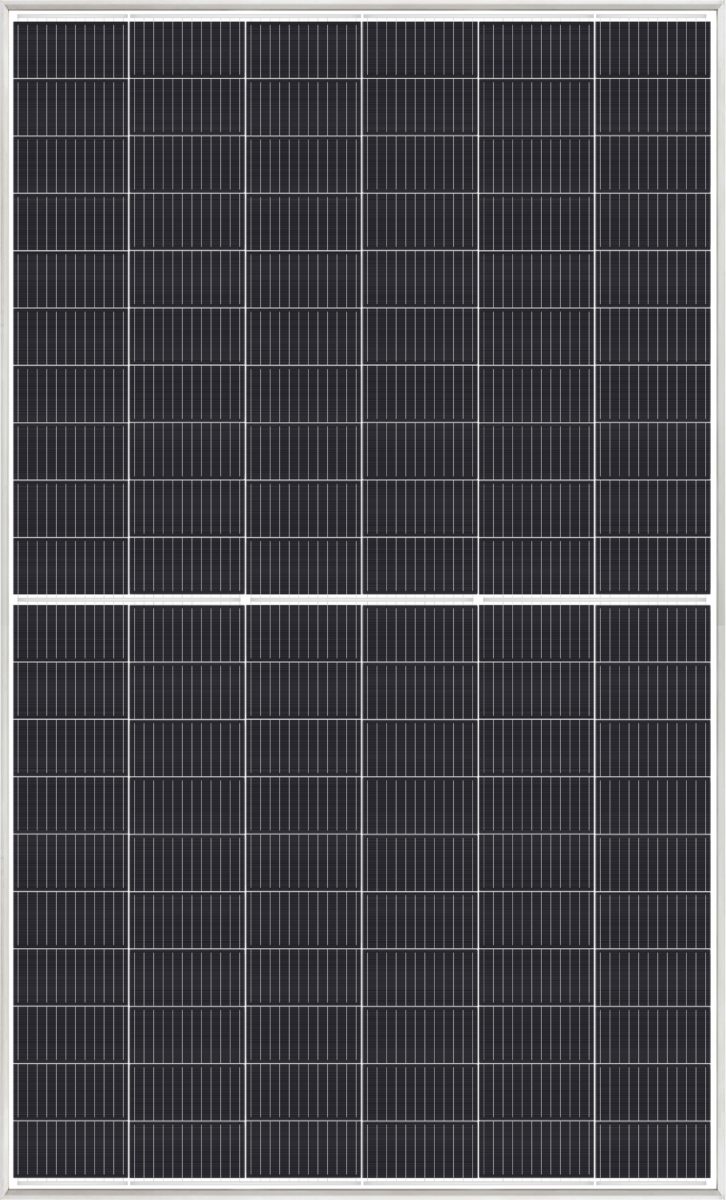Tokyo headquartered VSun launched its latest new PV module for utility-scale solar projects at last week’s Intersolar Europe event in the German capital of Munich.
The new module employs half-cut monocrystalline passivated emitter rear contact (PERC) technology and boasts efficiencies of up to 21.38%. Comprising 120 bifacial monocrystalline half cut solar cells, its power output ranges between 590 and 605 W.
The VSUN605-120BHM-DG can be used in PV systems with a maximum voltage of 1,500 V and an operating temperature between -40 degrees Celsius and 85 degrees Celsius. The power temperature coefficient is -0.34% per degree Celsius.
Overall, the PV module, which measures 2,172×1,303×35 mm, comes with a 30-year linear power output warranty and a 12-year product guarantee. It features high transparency, antireflection coated, semi-toughened safety glass with a thickness of 2 mm, and a frame composed of silver anodized aluminum.
Commenting, VSun said, “VSUN605-120BHM-DG module is designed to be compatible with the original racking design for installation in landscape orientation. Being compatible with different racking, more power in each array can be generated. It is worth mentioning that the high string power design increases current without elevating voltage. The number of modules connected in series thus will not reduce due to the 1500V limit.”
The Vietnamese company announced this January that it was planning to set up a solar cell and module manufacturing facility in the Hoà Phú Industrial Zone in the Bắc Giang province, in the northeast part of Vietnam. The factory is expected to be completed by the end of 2022 and to have an annual solar module production capacity of 4 GW and a cell capacity of 2 GW.
This content is protected by copyright and may not be reused. If you want to cooperate with us and would like to reuse some of our content, please contact: editors@pv-magazine.com.



I am interested in it